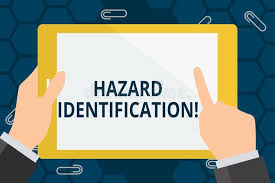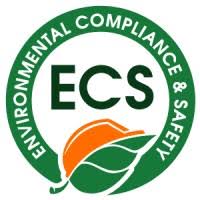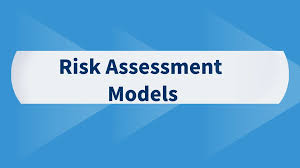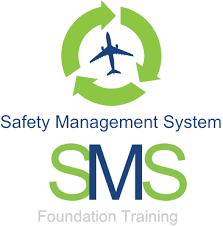
Hazard Identification Techniques
Hazard identification techniques are crucial for identifying potential risks and hazards in the workplace. Here are some of the most common techniques:
1. Walk-Through Inspections
- A simple yet effective method where safety professionals or team members walk through the workplace, observing work practices and identifying potential hazards.
- Advantages: Easy to implement, cost-effective, and can be conducted regularly.
2. Job Hazard Analysis (JHA)
- A systematic process of breaking down a job into its individual steps and identifying potential hazards associated with each step.
- Advantages: Identifies specific hazards, helps develop control measures, and can be used for training.
3. Operational Safety Reviews (OSR)
- A comprehensive review of a specific operation or process to identify potential hazards and control measures.
- Advantages: Identifies systemic issues, improves operational efficiency, and can be used to benchmark performance.
4. Safety Audits
- A detailed examination of a workplace to identify safety hazards and compliance with safety standards.
- Advantages: Provides a comprehensive assessment, identifies systemic issues, and can be used to improve overall safety performance.
5. Incident Investigation
- Analyzing incidents to identify root causes and prevent future occurrences.
- Advantages: Identifies corrective actions, improves safety culture, and can be used to train employees.
6. Checklists
- Using pre-designed checklists to systematically identify hazards in specific areas or tasks.
- Advantages: Ensures consistent hazard identification, can be tailored to specific workplaces, and can be used for regular inspections.
Additional Techniques
- What-If Analysis: Brainstorming potential scenarios and their consequences.
- Failure Mode and Effects Analysis (FMEA): Identifying potential failures and their impact.
- Hazard and Operability Study (HAZOP): A systematic review of a process to identify potential deviations and their consequences.
By combining these techniques and involving employees in the process, organizations can effectively identify and mitigate hazards, creating safer and healthier workplaces.








